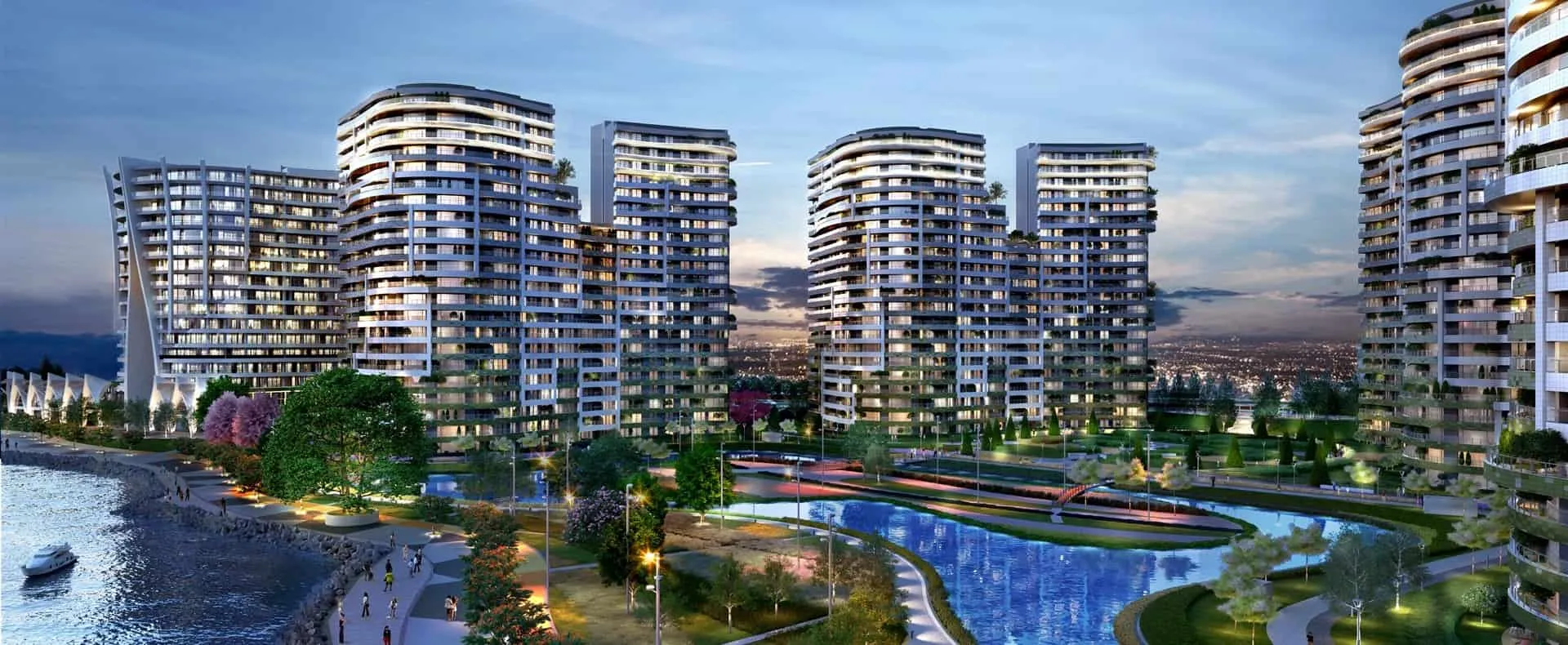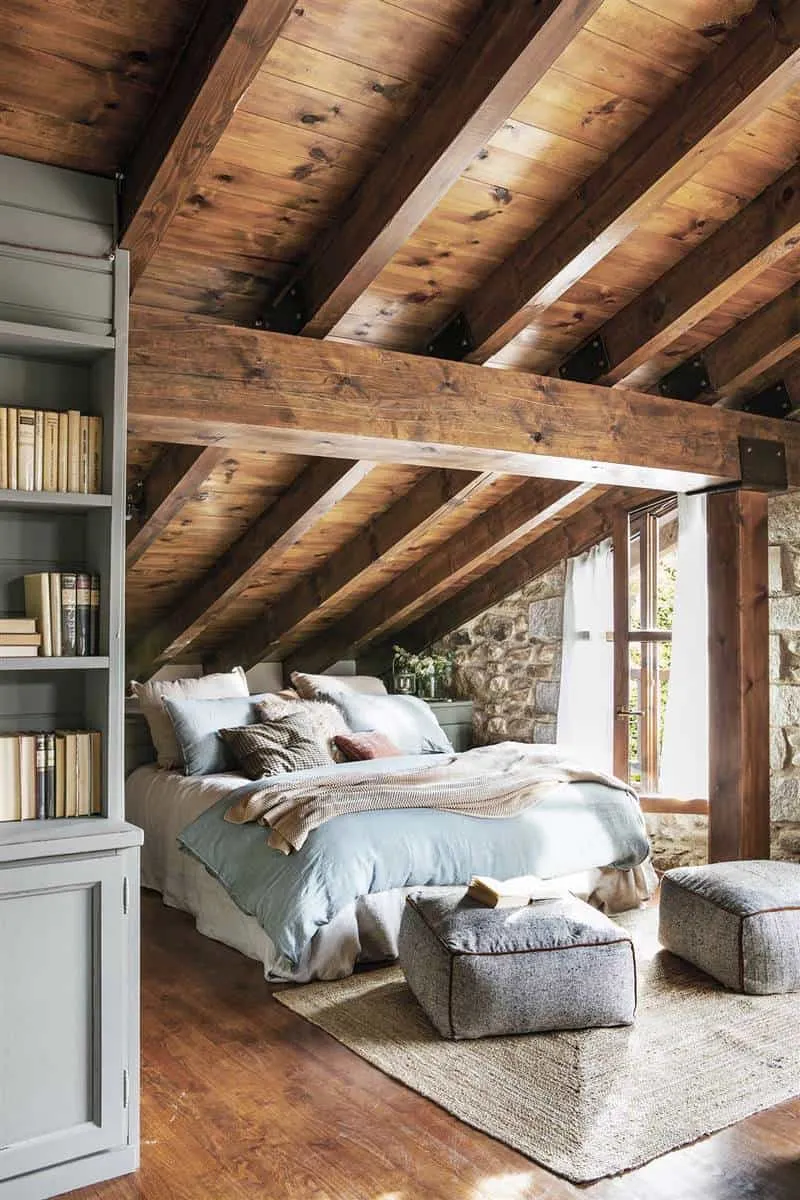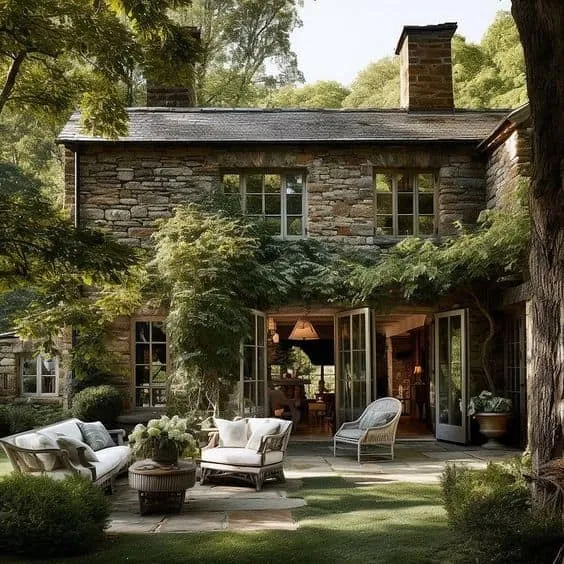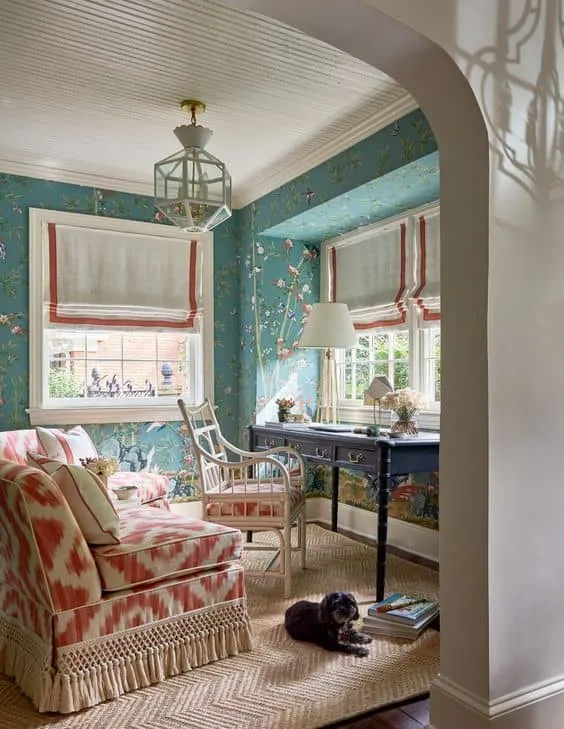There can be your advertisement
300x150
Kenna Design: Michelin Award Winner with Artistic Style of the Song Dynasty Featuring Tea and Wine
Project: Shanghai Chinese Restaurant 'Tea Culture' - Yunfeng House
Architects: Hangzhou Kenna Interior Design Co., Ltd.
Location: Shanghai, China
Area: 10,763 sq ft
Photography: Toprand
Yunfeng House by Hangzhou Kenna Interior Design
The same month outside the window, only the plum blossoms make the night special.
——Written by Du Lei, a poet from the Southern Song Dynasty
As the Tang Dynasty poet Si Kungyu said: 'Go beyond the surface to grasp the essence,' which perfectly explains the simplicity and elegance of Song Dynasty aesthetics. As a representative Guiyang cuisine restaurant, 'Tea Culture' Restaurant, which received one Michelin star at the end of last year, has an unusual spatial design. Hangzhou Kenna Design completed the creation of an eastern space with the preface 'Tea Classic,' unfolding a scroll within nearly 1000 square meters, with delicate strokes and majestic atmosphere.
Connectivity
The first task was to reconfigure this house, which used to be a pool with a chaotic interior. Therefore, the old stairs were removed and an open main corridor was added next to the ramp to connect the building as a whole. The lines of movement to functional areas and private rooms on both sides were reduced. With a clear and modest design approach, the entire space feels cohesive.
The ramp forms a hollow square in approximately 10 square meters of space with compact broken lines. During the upward rotation, one can easily recognize the rhythm of the spatial 'opening, closing and reopening.' Avoiding bulky decorations, the space returns to simplicity.
Instead of one entrance hall, the front lounge on the first floor serves as a tea room, considered the highest form of courtesy in traditional Chinese culture. From upstairs, the sound of the guqin becomes clearer with distance, blending with the aroma of tea. Closed electric blinds add flexibility and make the immersive experience more natural.
Mountains, Water and Collections
Mountains and rivers are treasures in the city. Through spatial design combining with spiritual traditions of studying things, it's possible to recreate them in a limited project space. As a result, the designer fills the space with traditional Chinese colors such as crimson, gray and blue; thus, a painting unfolds from paper into space, with grey artistic paint and dark steel giving the space a sense of stability.
When light passes through gaps between simple construction columns, light and shadow effects form on the ceiling and walls. They may be an imagination of a literary studio or a deconstruction of wavy mountains. The quiet space reveals everything.
A stone landscape scene, trees and flowering branches form a landscape in their own way. Installed at spatial transitions, they resemble the time and prologue of each chapter. Visitors can observe them or let them grow. Moreover, much empty space is left for circulation of 'nothing' so that all things can rely on it.
When we talk about the history of Chinese art, it is the glory of artifacts. Therefore, in finer details such as the tea table, sound of guqin, incense and flower vases, the designer carefully places them. Dim wall lighting, the last cup of tea that doesn't seem fully cold, flickering candle flame still dancing, and buds about to bloom—these all make visitors feel as if they are in a quiet space without realizing they are the hosts.
In any context, aesthetics is emotional pleasure with no practical utility. Beyond enjoyment, Kenna Design adds a sense of freedom and elegance to the space.
Thirteen Personal Sensations
In the new space, 13 private rooms are created with names such as 'Observing Mountains,' 'Pleasant Conversation with Orchids,' 'Taste and Aroma,' 'Best Taste,' 'Enlightenment,' 'Empty Space' and other atmospheric images created by the five senses of 'color, sound, aroma, taste and touch.'
If guests have a composition proposal, they will be in the mood to observe mountains and enjoy orchids, even smell clouds. No matter how time passes, scents of dishes and tea remain in the room.
Modern Chinese furniture does not emphasize a specific era. Integrated with the space, material and fabric focus more on user comfort and operator convenience.
Wall treatment transforms the specific form of landscape painting into a large-scale free drawing. Although there is no real painting, it creates an atmosphere of painting, maximally simplified yet preserving its spirit. This is also a design solution that allows the space to metabolize anxiety and irritation.
When returning to tradition has become a popular way in spatial design, how to use modernity is paramount. One approach is to find its ancient roots, and the taste of tea is eternal and immortal.
-Project description and images provided by Hangzhou Kenna Interior Design Co., Ltd.
More articles:
 Introspective House by Architects Kerimov: Private Secluded Residence Near Moscow
Introspective House by Architects Kerimov: Private Secluded Residence Near Moscow Real Estate Investment in Thailand: A Guide to Property on Phuket
Real Estate Investment in Thailand: A Guide to Property on Phuket Investing in Turkish Apartments for Sale: Discover the Beauty of Turkey
Investing in Turkish Apartments for Sale: Discover the Beauty of Turkey Welcome Mountain Thermal Capacity in Your Home with Rustic Decoration
Welcome Mountain Thermal Capacity in Your Home with Rustic Decoration Welcoming Sun in Decor with a Yellow Sofa
Welcoming Sun in Decor with a Yellow Sofa Incredibly Charming Cottage That Will Captivate You
Incredibly Charming Cottage That Will Captivate You Non-washable wallpapers for spring
Non-washable wallpapers for spring Should You Buy Home Warranty? Find Out Here
Should You Buy Home Warranty? Find Out Here